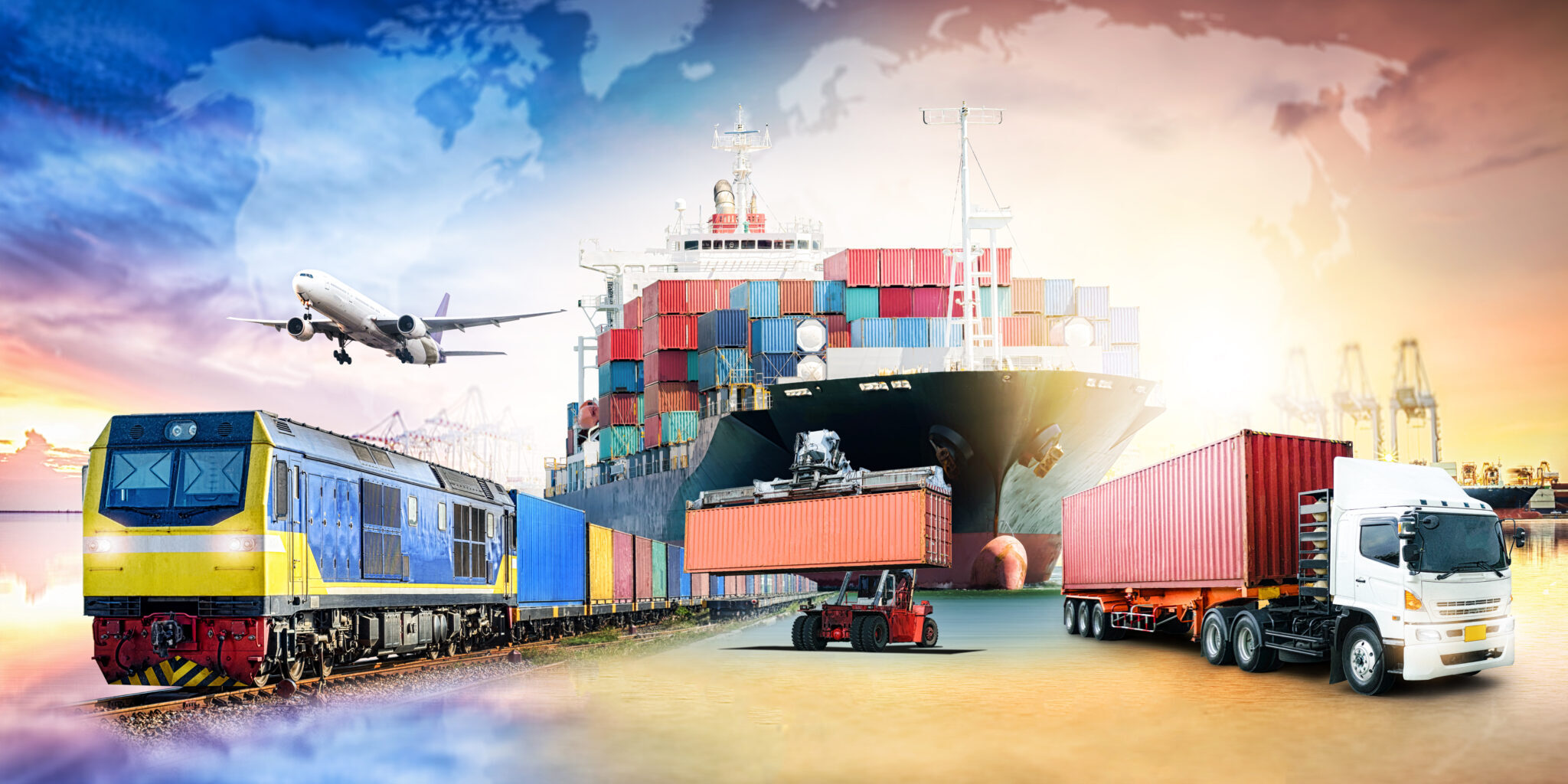Freight transportation is the movement of goods, merchandise, and cargo using various methods. Common types of freight transportation include road freight, ocean freight, air freight, FTL (full truckload), LTL (less than truckload), and intermodal.
The global freight trucking market is estimated to grow from $2.1 trillion in 2020 to $2.9 trillion by 2027. Freight transportation is an integral part of all supply chains and transportation systems.
In this article, we’ll discuss the fundamentals of freight transportation, including the roles of key players involved in freight shipment.
Different Types of Freight Transportation
There are five major types of freight transportation available for shippers. These include:
Road: Road freight is the physical movement of cargo from the point of loading to the point of unloading using vans and trucks through a road network. It offers a faster and cost-effective way of transporting goods over short distances.
Rail: Rail freight is transporting cargo using trains and railroads. It is especially efficient for moving heavy freight over long distances.
Sea: Sea freight is the usage of cargo ships to transport heavy goods and loaded cargo. It provides a low-cost option for moving large volumes of goods across the world.
Shipping containers: Shipping containers are strong metal boxes used to store and transport goods in trucks, trains, and ships. They allow shipping services to transfer cargo between various modes of transport easily.
Air: Air freight is cargo movement between two places by aircraft. It offers a fast and reliable mode of transport for sending cargo almost anywhere.
#mcmglobalrecruitment #airfreight #seafreight #railfreight #roadfreight #shippingcontainers #freightforwarding






